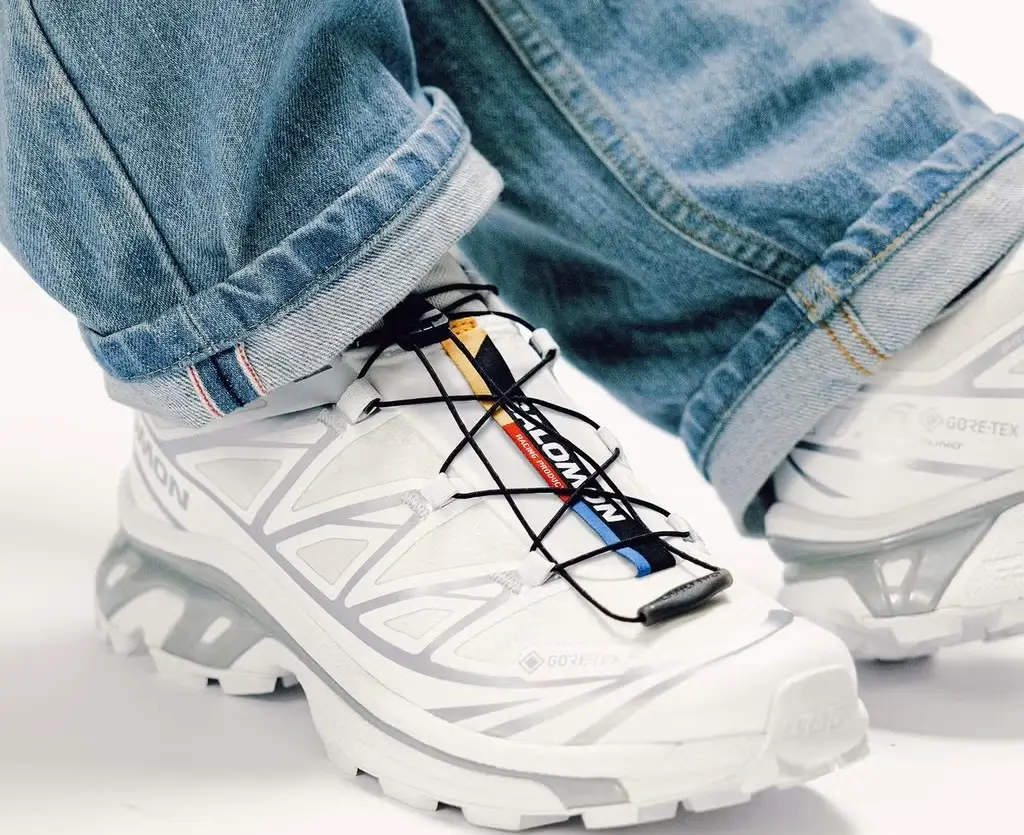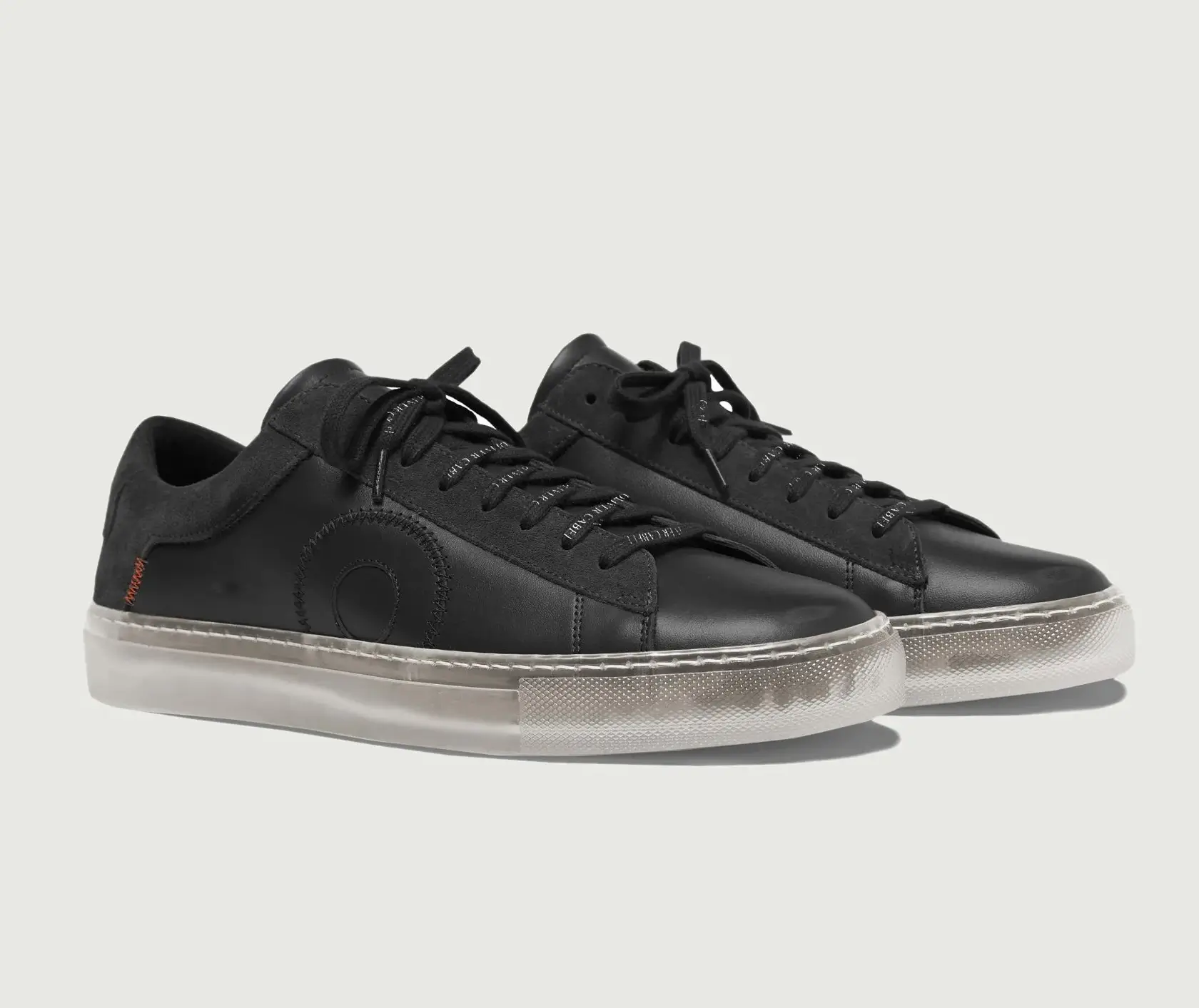Few sneakers carry the storied history, cultural resonance, and timeless appeal of the Onitsuka Tiger Mexico 66. Initially introduced in 1968 as a high-performance running shoe for the Mexican Summer Olympics, the Mexico 66 has transcended its original purpose to become an icon in both the sneaker world and fashion at large. From the streets of Tokyo to the silver screen, particularly in Quentin Tarantino’s “Kill Bill”, this sneaker has captured the imagination of athletes, fashion enthusiasts, and sneakerheads alike.
In this in-depth critique, we’ll explore the rich history of the Onitsuka Tiger Mexico 66, its evolution into a cultural icon, its role in both fashion and cinema, and why it remains a beloved choice for sneaker enthusiasts worldwide.
The History of the Mexico 66: From Performance to Fashion
To fully appreciate the Mexico 66, we must first understand the context in which it was born. Onitsuka Tiger, founded by Kihachiro Onitsuka in 1949, was a pioneering company in the development of athletic footwear. The brand’s ethos focused on enhancing human performance through innovation and design, and the Mexico 66 was no exception. Designed as a cutting-edge running shoe for Japanese athletes, its debut at the 1968 Olympics in Mexico City was the culmination of years of technical refinement.
At the time, the Mexico 66 featured several groundbreaking design elements that set it apart from its contemporaries. The most notable was the introduction of the now-famous Onitsuka Tiger stripes—a bold branding decision that not only provided additional lateral support but also created an instantly recognizable identity for the sneaker. The sleek silhouette, leather construction, and unique branding became an emblem of Japanese craftsmanship and athleticism.
While it was originally conceived as a performance shoe, the Mexico 66 soon found itself gaining a reputation beyond the track. With its clean lines, low-profile design, and minimalist aesthetic, the sneaker naturally transitioned into the lifestyle and fashion space. As the 1970s approached, the Mexico 66 became more than just a shoe for athletes—it became a fashion statement for those seeking a blend of functionality and style.
From Running Shoe to Pop Culture Phenomenon: The Impression of “Kill Bill”
Despite its longstanding popularity in Japan and its growing international fanbase, it wasn’t until Quentin Tarantino’s “Kill Bill: Vol. 1” in 2003 that the Onitsuka Tiger Mexico 66 truly cemented its place in global pop culture. The iconic scene featuring Uma Thurman as “The Bride,” dressed in a yellow jumpsuit with matching yellow and black Onitsuka Tigers, became instantly legendary. Thurman’s character, fierce and unrelenting in her quest for revenge, gave the Mexico 66 a newfound association with power, agility, and style.
Tarantino’s choice of the Mexico 66 was not arbitrary; it was a deliberate nod to Bruce Lee, who wore a similarly colored tracksuit and matching sneakers in the 1978 film “Game of Death”.The homage added a layer of martial arts nostalgia and further tied the sneaker to themes of action, athleticism, and cinematic coolness. The specific “Kill Bill” colorway of the Mexico 66—yellow with black stripes—became a fashion and sneakerhead favorite, skyrocketing the model into mainstream consciousness.
The impact of “Kill Bill” on the sneaker’s popularity cannot be overstated. The Mexico 66 became a sought-after item not only for fans of the film but also for fashion-forward individuals who appreciated its retro aesthetic and pop-cultural significance. Since its appearance in “Kill Bill”, the Mexico 66 has become a fixture in the collections of celebrities, models, and influencers, further solidifying its status as an icon in the worlds of both fashion and film.
Design and Aesthetic: The Timeless Appeal of the Mexico 66
One of the defining qualities of the Mexico 66 is its timeless design. The sneaker’s low-profile silhouette, combined with its clean lines and minimalistic branding, gives it an appeal that has endured for over five decades. The shoe is instantly recognizable thanks to the distinctive Onitsuka Tiger stripes, which run along the sides of the sneaker in bold, contrasting colors. These stripes not only add to the shoe’s visual appeal but also offer structural support, giving the sneaker both form and function.
The Mexico 66 is constructed from a mix of leather and suede, giving it a premium feel that appeals to both casual wearers and collectors. Its lightweight design ensures comfort and versatility, making it ideal for everything from everyday wear to athletic activities. The soft leather upper conforms to the foot over time, creating a personalized fit, while the rubber outsole offers durability and grip.
One of the reasons the Mexico 66 continues to resonate with modern consumers is its versatility. The sneaker’s understated yet striking design allows it to be paired with a wide range of outfits, from casual streetwear to more refined ensembles. Whether worn with jeans and a t-shirt or a more fashion-forward ensemble, the Mexico 66 adds a touch of retro cool to any outfit.
Colorways and Personal Expression
While the “Kill Bill” yellow-and-black colorway is perhaps the most famous version of the Mexico 66, the sneaker is available in a wide range of color options, each offering its own unique personality. The diverse palette allows wearers to express their individual style, making the Mexico 66 a favorite among fashion-conscious individuals and sneakerheads alike.
The classic white version, featuring blue and red stripes, remains a popular choice for those who appreciate a clean, minimalist look. This colorway harkens back to the sneaker’s original athletic roots and provides a timeless option for those who prefer simplicity. Meanwhile, more adventurous sneaker enthusiasts might gravitate toward bolder color combinations, such as red and black or green and white, which add a modern twist to the retro design.
The wide variety of colorways ensures that there is a version of the Mexico 66 for every taste and occasion. Whether someone is looking to pay homage to “Kill Bill” or simply wants a versatile sneaker for everyday wear, the Mexico 66 offers a style that can be both classic and cutting-edge, depending on how it’s styled.
The Mexico 66 in the World of Sneaker Culture
The Onitsuka Tiger Mexico 66 holds a unique position in the world of sneaker culture. While many other sneaker models—such as the Nike Air Jordan series or Adidas’ Yeezy collaborations—are known for their high-profile endorsements and limited-edition releases, the Mexico 66 occupies a more understated but equally revered space in the sneaker world. Its appeal lies not in flashy marketing or celebrity hype but in its authenticity, heritage, and timeless design.
Sneakerheads often appreciate the Mexico 66 for its connection to both sports history and pop culture. The sneaker’s legacy as a performance shoe gives it credibility within the athletic community, while its association with “Kill Bill” and broader fashion trends has made it a favorite among collectors and fashionistas. Unlike many sneakers that are defined by hype or exclusivity, the Mexico 66 earns its place in sneaker culture through its craftsmanship, design, and cultural significance.
The Mexico 66’s enduring popularity speaks to the evolving nature of sneaker culture itself. As sneaker enthusiasts have become more interested in heritage brands and classic models, shoes like the Mexico 66 have experienced a resurgence. The rise of retro fashion trends has also contributed to the sneaker’s continued relevance, as consumers look for pieces that offer both style and a connection to the past.
Impression
In recent years, Onitsuka Tiger, along with its parent company Asics, has made efforts to align its production processes with more sustainable practices. The brand has introduced initiatives aimed at reducing waste, using recycled materials, and ensuring fair labor practices within its supply chain. As consumers become more conscious of the environmental and social impact of their purchases, these efforts make the Mexico 66 an appealing option for those who want to make ethical fashion choices without sacrificing style.
While the Mexico 66 remains rooted in its mid-century design ethos, Onitsuka Tiger’s commitment to sustainability reflects a forward-thinking approach to production. By balancing heritage with innovation, the brand ensures that the Mexico 66 remains relevant in a fashion landscape that is increasingly focused on sustainability and ethical consumption.
The Enduring Legacy of the Mexico 66
The Onitsuka Tiger Mexico 66 is much more than a sneaker—it is a cultural artifact that bridges the worlds of sports, fashion, cinema, and pop culture. From its origins as a cutting-edge performance shoe in the 1960s to its status as a style icon in the 21st century, the Mexico 66 has continually evolved while remaining true to its core values of craftsmanship, functionality, and timeless design.
Its appearance in “Kill Bill” not only cemented its place in popular culture but also introduced the sneaker to a new generation of fans who appreciate its retro aesthetic and rich history. Today, the Mexico 66 continues to be a favorite among sneaker enthusiasts, fashionistas, and casual wearers alike, thanks to its versatile design, wide range of colorways, and connection to both athletic and cinematic history.
As fashion trends continue to evolve, the Onitsuka Tiger Mexico 66 stands as a testament to the power of simplicity, heritage, and thoughtful design. Whether worn as a tribute to its athletic roots or as a statement piece in a modern wardrobe, the Mexico 66 remains a sneaker that defies trends and continues to inspire across generations.
No comments yet.








